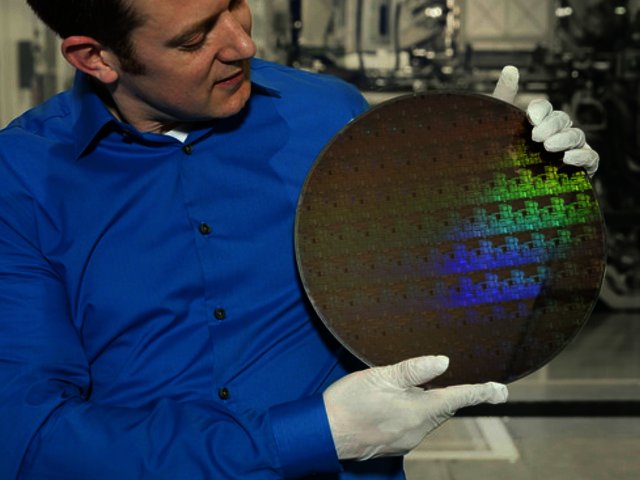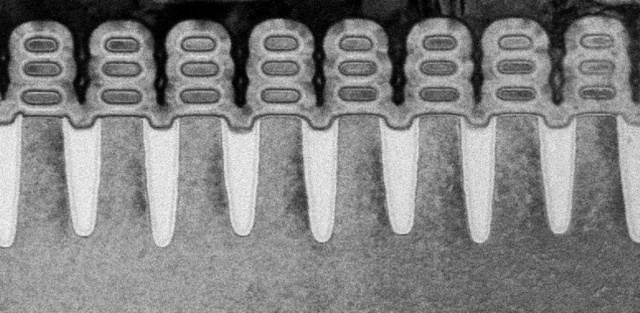IBM develops chip with 30 billion transistors
By Robin-Leigh Chetty 5 June 2017 | Categories: news
If you followed last week's Computex conference in Taipei, a major talking point was Moore's Law, and the fact that CPUs are reaching the point where smaller dimensions are becoming less attainable. Well, no one seemed to have told the people over at IBM, with the company debuting a new chipset developed in conjunction with Samsung and Globalfoundries.
According to Engadget, this latest breakthrough will now make it possible for manufacturers to squeeze even more transistors onto a 5 nanometer chip than ever before. Specifically, an estimated 30 billion transistors can be placed on the CPU, thanks to the use of silicon nanosheets, as opposed to the previous method of FinFET.

To put the significance of this feat in perspective, previously manufacturers could only place 20 billion transistors on a 7 nanometer chip. Now, a chip the size of a fingernail can house a further 10 billion transistors.
IBM plans to use the latest technology in its cognitive computing initiative, but the ability to see it being used in more commercial products and devices are still a few years off. It therefore shows that Moore's Law is not stagnating as much as some are saying.
Most Read Articles

Have Your Say
What new tech or developments are you most anticipating this year?



